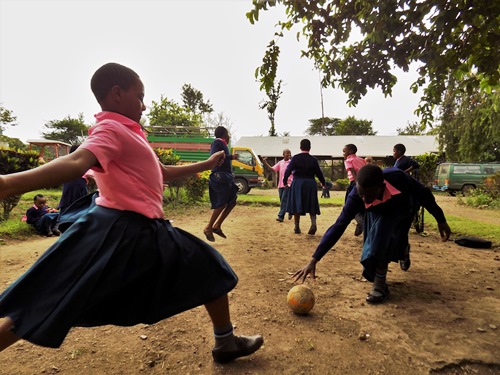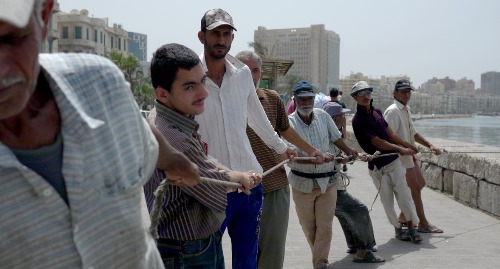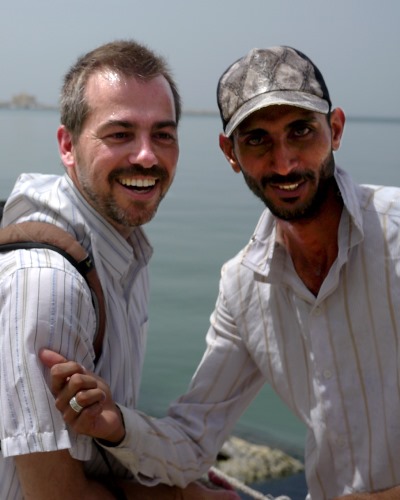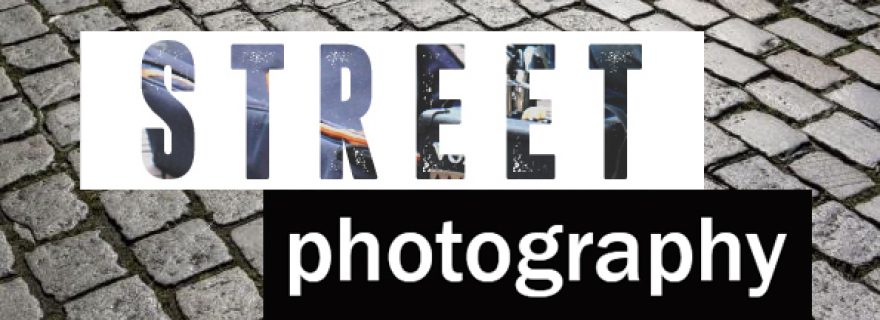Street photography and ethnographic ethics
With the accessibility of new technology and digital cameras, most of us anthropologists these days routinely make images in the field. But how do we handle the issues of trust, privacy and other ethics of ethnographic image-making?
Our Institute and student society Itiwana recently held their annual photography contest around the theme ‘Street Life: Het leven van de straat’. The broad genre of street photography – best exemplified by photographers like Henri Cartier-Bresson, Eugene Atget, Robert Frank, William Klein, and Diane Arbus, among others – is typically celebrated for capturing fleeting moments and chance encounters. While the street in this sense evokes the anonymity of the modern urban experience, our contest specifically sought photographs that offered an anthropological understanding of life on the streets.
Lively and intimate images
Contestants submitted photographs from many locales around the world, often taken in the context of fieldwork. Vera de Regt, a third year BA student took home first place for her photograph entitled, 'Girlpower in USA River,' which captures a spontaneous moment of street life among children playing football in Tanzania. The way the photo invites the viewer into the image as well as the closeness and ease in which the moment was captured, conveys a sense of intimacy and rapport between the photographer and those imaged.
For a second year in a row, Jule Forth earned second place with 'Sleeping passengers at New Delhi Railway Station.' The gendered patterns, unusual lines of stillness, and social aesthetics of color and texture marked this as an unusually unique image. And third place went to Faye Han for her photograph 'Offshore' of bus stop drug deals in Den Haag. While the tight framing retains the anonymity of the subject, the comfort of being imaged in a risky activity conveys a strong sense of intimacy between the photographer and the subject photographed. Mara Lin Visser received an honorable mention by the jury for her photo 'Werkzaam' of fishermen in Accra, Ghana. The comfort and confidence of the photographer that is conveyed in this composition pairs nicely with the bold gaze of the young man approaching, perhaps questioning or challenging the viewer’s own gaze.

1st prize winning photo 'Girlpower in USA River' by Vera de Regt.
Stolen moments?
As the chairperson of the jury, I can say that these four photographs immediately stood out from the others. While we spoke about the anthropological knowledge and the unique aesthetics communicated by each image, much of our discussion focused on the ethnographic rapport and skill evidenced in the encounter. Of course, despite the affirming ‘thusness’ of the photo (as Roland Barthes put it), it is impossible to know what proceeded or followed the moment the image was captured. To some extent we must speculate. And yet, certain gestures, expressions, and compositions can be quite suggestive. For those images caught at a moment when the protagonist is looking away or her back is turned toward us, there is often a feeling that the photographer surreptitiously stole the moment. Such examples suggest both limited rapport and neglect to obtain consent. As such, I would like to dwell on these points and highlight the need for anthropologists to take them seriously.
With the accessibility of digital cameras, not to mention the ubiquity of mobile smart devices, most anthropologists these days routinely make images in the field. The pictures often make their way into slide presentations, course lectures, event publicity, book covers, and of course are commonly included as illustrations in scholarly publications. And yet, as Marion and Crowder note in their handbook on Visual Research: A Concise Introduction to Thinking Visually, “The seemingly ever-present nature and availability of images enabled by digital technologies often masks the reality that they are all too often deployed with little technological proficiency, and even less theoretical and ethical considerations”. This points to two important considerations about the skills and ethics of ethnographic image-making.
Tyranny of digital democracy
While technological and methodological mastery require dedicated practice and attention, Marion and Crowder evoke the fetishization of new technologies that privileges the professionalization of the tools without a comparable professionalization of skills. That is to say, consumers’ desire for technological advancements in image-making relies on a promise for access to professional quality photographs, however, the perpetual renewal of this desire also points to the tyranny of digital democracy. While Leiden University has a long tradition of ethnographic filmmaking (introduced by Professor Adriaan Gerbrands in 1966), we should give more attention to the use of photography as an ethnographic methodology. (But this point will require another blog entry.) For now, let me focus on the issue of ethics in visual ethnography.
The boundaries of privacy
Given the attention anthropologists have paid to the ethics of human subject research, following Marion and Crowder it is somewhat surprising to find anthropologists characteristically naïve about image ethics. But even for accomplished street photographers, the practices commonly engaged in this genre may not give the same ethical considerations to these issues as anthropologists. Our key note speaker, Zoë van de Kerkhof, for instance, spoke about trespassing boundaries of privacy in order to make photographs that capture human vulnerability. My intention is not to condemn Van de Kerkhof, as her position echoes a common refrain among street photographers that the spontaneity of the image trumps an ethics of consent. And yet, as students approached me afterwards with questions about the ethics of this approach, I think it important to provide a counter perspective.
The thirst for spontaneity is closely linked to assumptions about the reality afforded to photographic images. While a subject’s awareness of being photographed or filmed will undoubtedly alter their behavior, the impossibility of ethically recording someone without them knowing it seems to produces an unusual level of anxiety for some people toward all documentary practices.
Relationship of trust
Whereas many countries legally afford photographers the right to capture and disseminate people’s images as freedom of expression and integral to the exchange of ideas in democratic societies, other countries (like Hungary) have rendered it illegal without the permission of everyone in the photograph. While such 'laws' define the liabilities that photographers may face, they do little to address the unwritten 'laws that come to bear on any given context. This is particularly relevant for anthropology and its less ethical photographic legacies. In this sense, the idea that the camera steals your soul should not be confused with naïve primitivism, but with the reality of racialized science and colonial appropriation.

Fishermen in Alexandria. © Mark R. Westmoreland
Public image prohibitions
So whatever the benefits may be of imaging someone without their knowledge, this idea of capturing reality by being an observer on the outside of it does not generally fit well with ethnographic ethics that privileges relationships of trust over exposing hidden realities. To demonstrate my point allow me to relay an experience I had while living in Egypt – a place where public image-making is often met with paranoid suspicion.
At the Contemporary Image Collective in Cairo, I took a course in the spring 2013 on street photography with Laura El-Tantawy. While trying to improve my own skills, I was also curious how a professional photographer negotiates the challenges of public image prohibition with the generative opportunities afforded by the political uprisings. Obviously, not all public situations lend themselves to developing a trusting relationship between photographer and photographed, but I was surprised by her brazen advice to take images with confidence rather than permission.
Making friends
When photographing an assignment for this class in Alexandria, I tried catching a few candid shots, but they all felt distant and voyeuristic. I often felt uneasy with the gazes directed at me and was eventually confronted by a group of young men who disapproved of me photographing the youth along the corniche. The next day I changed my tactic. When I came across a crew of men of varying ages pulling in a long rope from the bay, I stopped and watched what they were doing for several minutes. It was a curious sight and certainly worthy of street photography, but I kept my camera lowered by my side. Only after exchanging greetings with them and learning that they were pulling in a large fishing net did I asked if I could take some photographs, to which they enthusiastically agreed. I returned the next week with prints of the photos for the fishermen.
I soon became friends with the son of the crew chief and was invited to his home in the western outskirts of Alexandria, past the plants and factories. Although I left Egypt before this could become a fully developed project, the friendships and trust I developed with these men validated my understanding of ethnographic ethics.
I hope these guidelines help those young anthropologists grappling with their own image practices and that next year’s contest will demonstrate even further attention to ethnographic rapport.

Becoming friends with Ahmed. © Mark Westmoreland



0 Comments
Add a comment